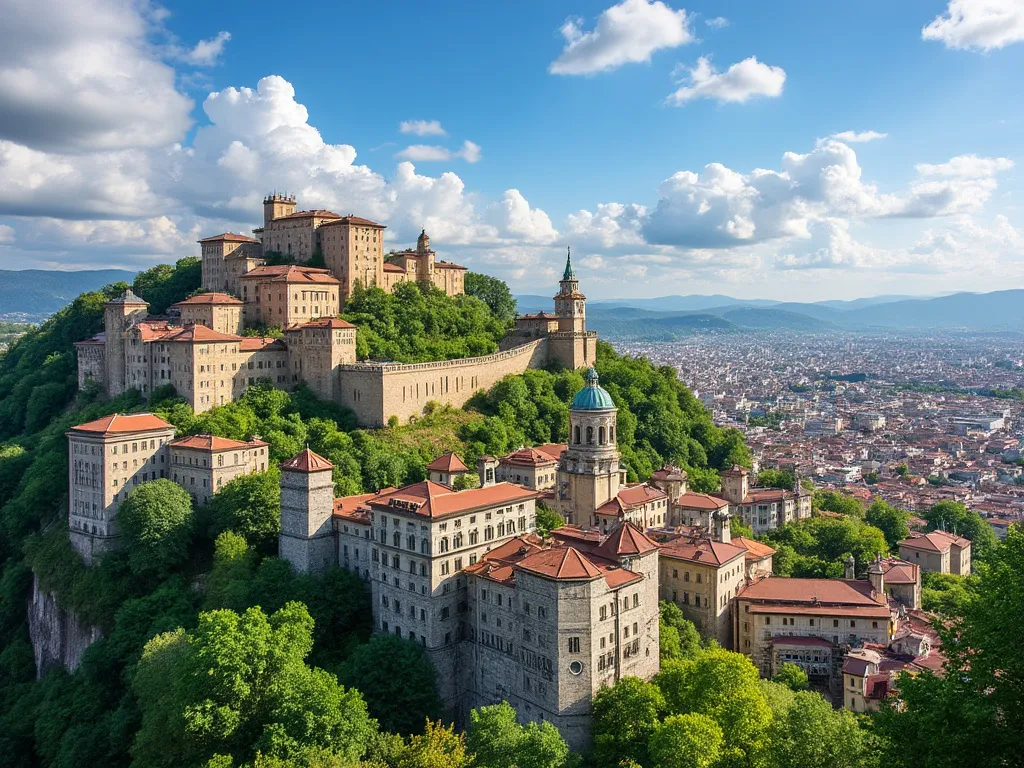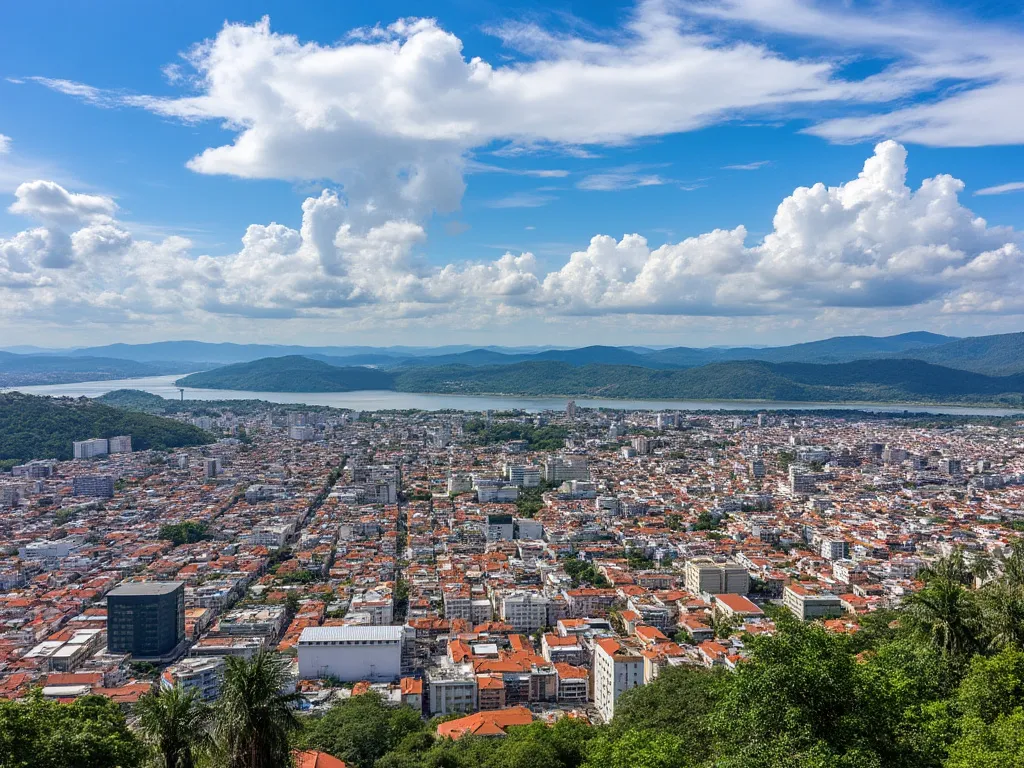
Teherán, la capital y ciudad más grande de Irán, es una metrópolis bulliciosa enclavada en las montañas Alborz. Con una rica historia que se remonta al siglo IX, Teherán ha evolucionado de un pequeño pueblo a una ciudad vibrante, abrazando la modernidad mientras preserva su patrimonio cultural.
Información sobre Teherán
| País | 🇮🇷 Irán |
| Población | 8,693,705 (estimación de 2020) |
| Coordenadas | 35.6892° N, 51.3890° E |
| Área | 707 km² (273 mi²) |
| Clima | Clima continental húmedo de verano caluroso (clasificación climática de Köppen: Dsa) |
| Idioma | Persa (oficial), Azerbaiyano, Kurdo, Luri, Mazandarani, Gilaki y otros |
| Moneda | Rial (IRR) |
| Zona horaria | IRST (UTC+3:30) |
| Proximidad a otras ciudades importantes | 1,400 km (870 mi) al este de Bagdad, Irak; 1,000 km (620 mi) al norte de Riad, Arabia Saudita; 850 km (530 mi) al oeste de Kabul, Afganistán |
Datos interesantes sobre Teherán
- Teherán es el hogar del puente peatonal más largo del mundo, el Puente Tabiat.
- La ciudad tiene un sistema de transporte único, con una red de autobuses, taxis y un sistema de metro.
- Teherán es conocida por su deliciosa cocina, que incluye platos populares como kebabs, guisos y arroz.
- La ciudad alberga la Torre Azadi, un monumento icónico que simboliza la independencia de Irán.
Atracciones turísticas en Teherán
- Palacio de Golestán
- Museo de Arte Contemporáneo de Teherán
- Gran Bazar
- Puente Tabiat
- Torre Azadi
- Museo Nacional de Irán
Antecedentes históricos de Teherán
La historia de Teherán está marcada por el reinado de la dinastía Qajar, que declaró la ciudad como capital en 1795. La ciudad floreció bajo el gobierno de Naser al-Din Shah Qajar, quien modernizó la infraestructura de Teherán e introdujo la arquitectura de estilo europeo. Teherán jugó un papel significativo en la Revolución Constitucional de 1906, que llevó al establecimiento de una monarquía constitucional. La ciudad sufrió daños significativos durante la Segunda Guerra Mundial y la Guerra Irán-Irak, pero desde entonces ha experimentado una extensa reconstrucción y modernización.
Ubicación geográfica de Teherán
Teherán está situada en la parte norte de Irán, cerca de las laderas meridionales de las montañas Alborz. La geografía única de la ciudad ha creado un clima diverso, con inviernos fríos y veranos calurosos. El terreno de Teherán se caracteriza por montañas, colinas y llanuras, con el punto más alto de la ciudad siendo el Pico Tochal, que se eleva a 3,933 metros (12,904 pies) sobre el nivel del mar.
Significado cultural de Teherán
Teherán es un centro cultural, con numerosos museos, galerías de arte y centros de espectáculos. La ciudad alberga el Palacio de Golestán, un sitio del Patrimonio Mundial de la UNESCO, y el Museo de Arte Contemporáneo de Teherán, que cuenta con una impresionante colección de arte moderno y contemporáneo. Teherán también es conocida por sus vibrantes bazares, como el Gran Bazar, donde los visitantes pueden encontrar artesanías persas tradicionales, alfombras y souvenirs.
Importancia económica de Teherán
Teherán es el centro económico de Irán, representando una parte significativa del PIB del país. La ciudad es un importante centro para industrias como textiles, procesamiento de alimentos y fabricación de automóviles. Teherán también es un centro significativo para las finanzas y el comercio, con la Bolsa de Valores de Teherán siendo una de las bolsas de valores más grandes de la región.
Conclusión sobre Teherán
Teherán es una ciudad fascinante que ofrece una combinación única de historia, cultura y modernidad. Como la capital de Irán, Teherán juega un papel significativo en la economía, política y cultura del país. Ya sea que estés interesado en la historia, el arte o la gastronomía, Teherán tiene algo que ofrecer para cada tipo de viajero.
 The Valley
The Valley
 Timbu
Timbu
 Tiflis
Tiflis
 Tegucigalpa
Tegucigalpa